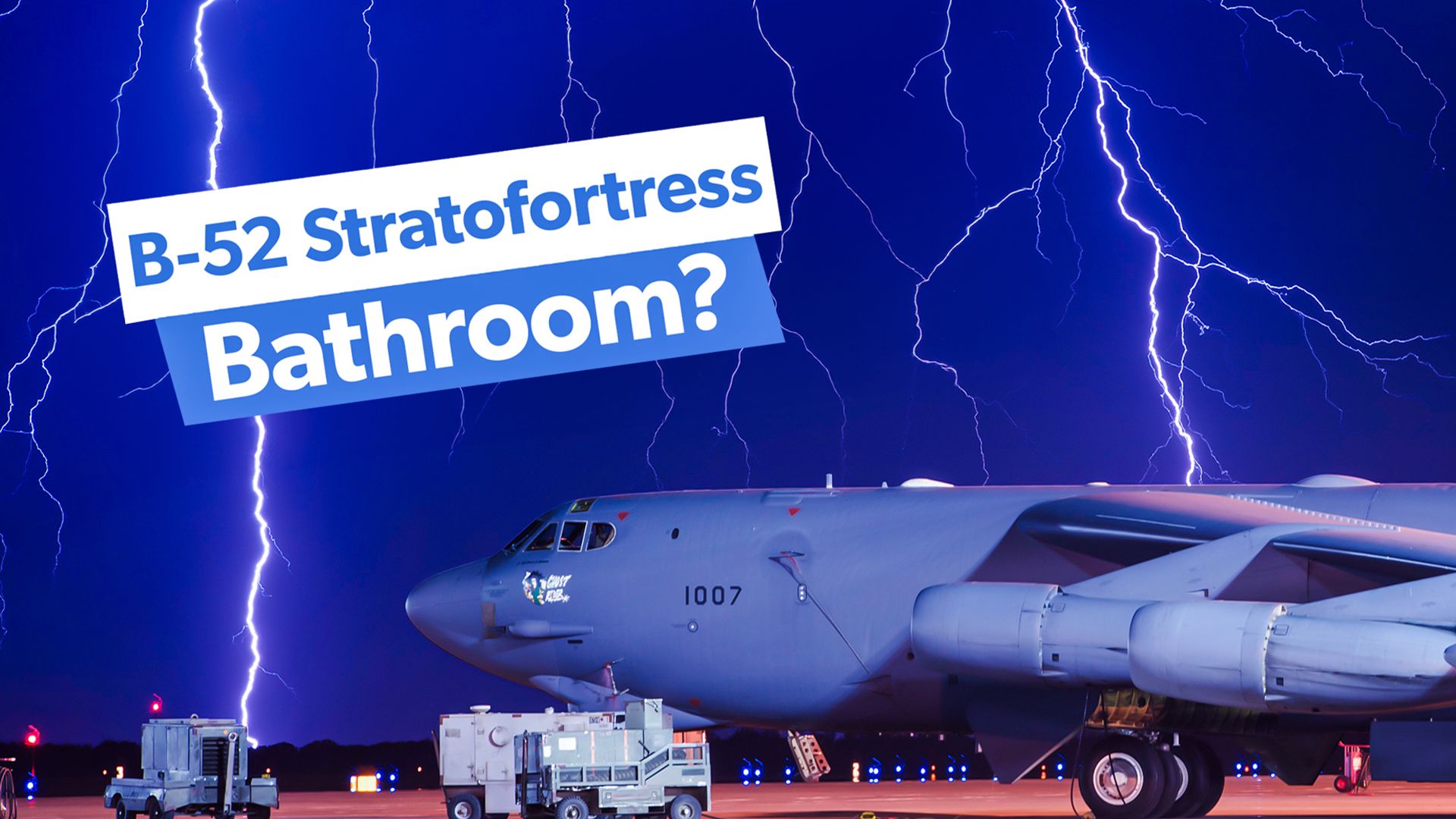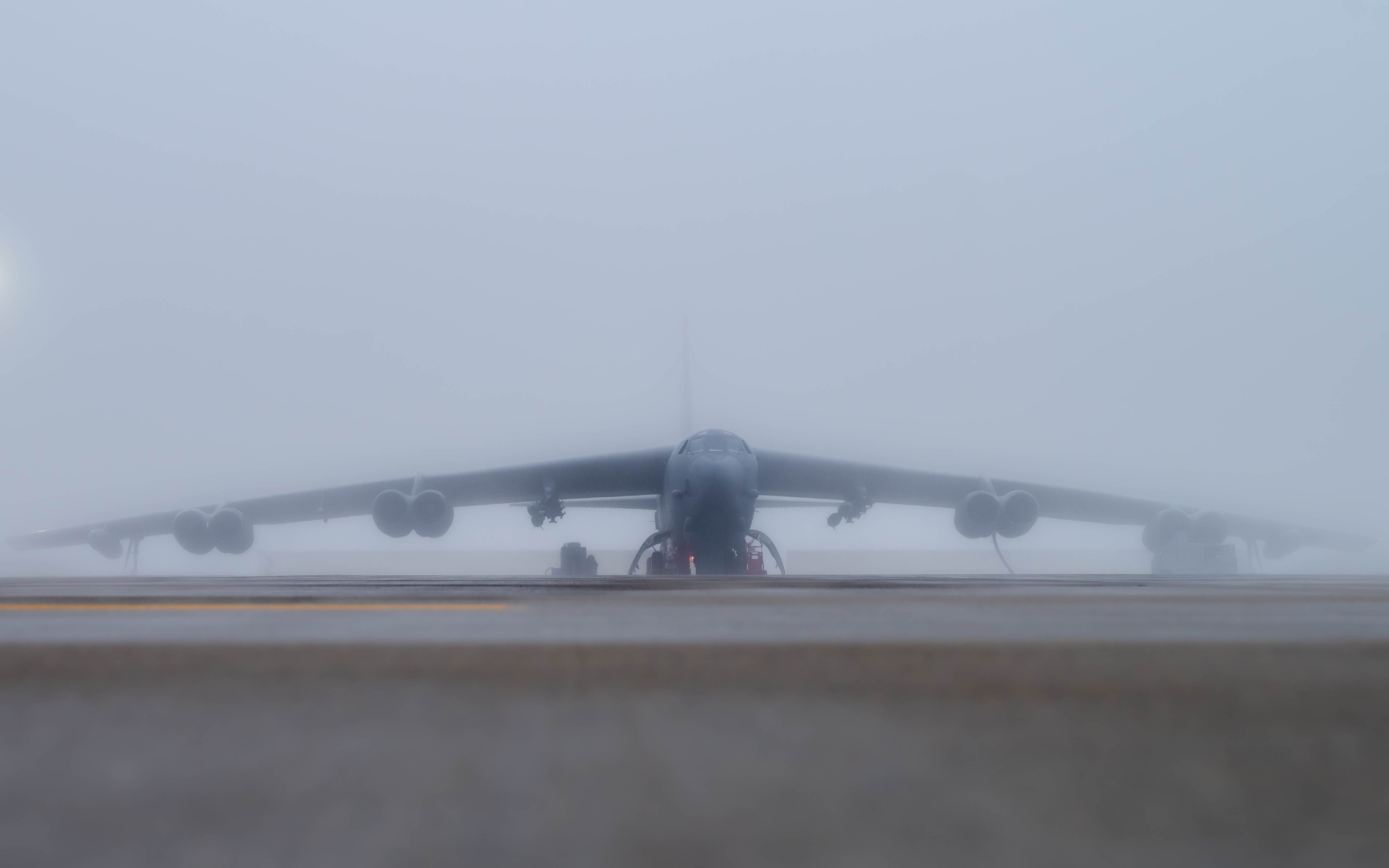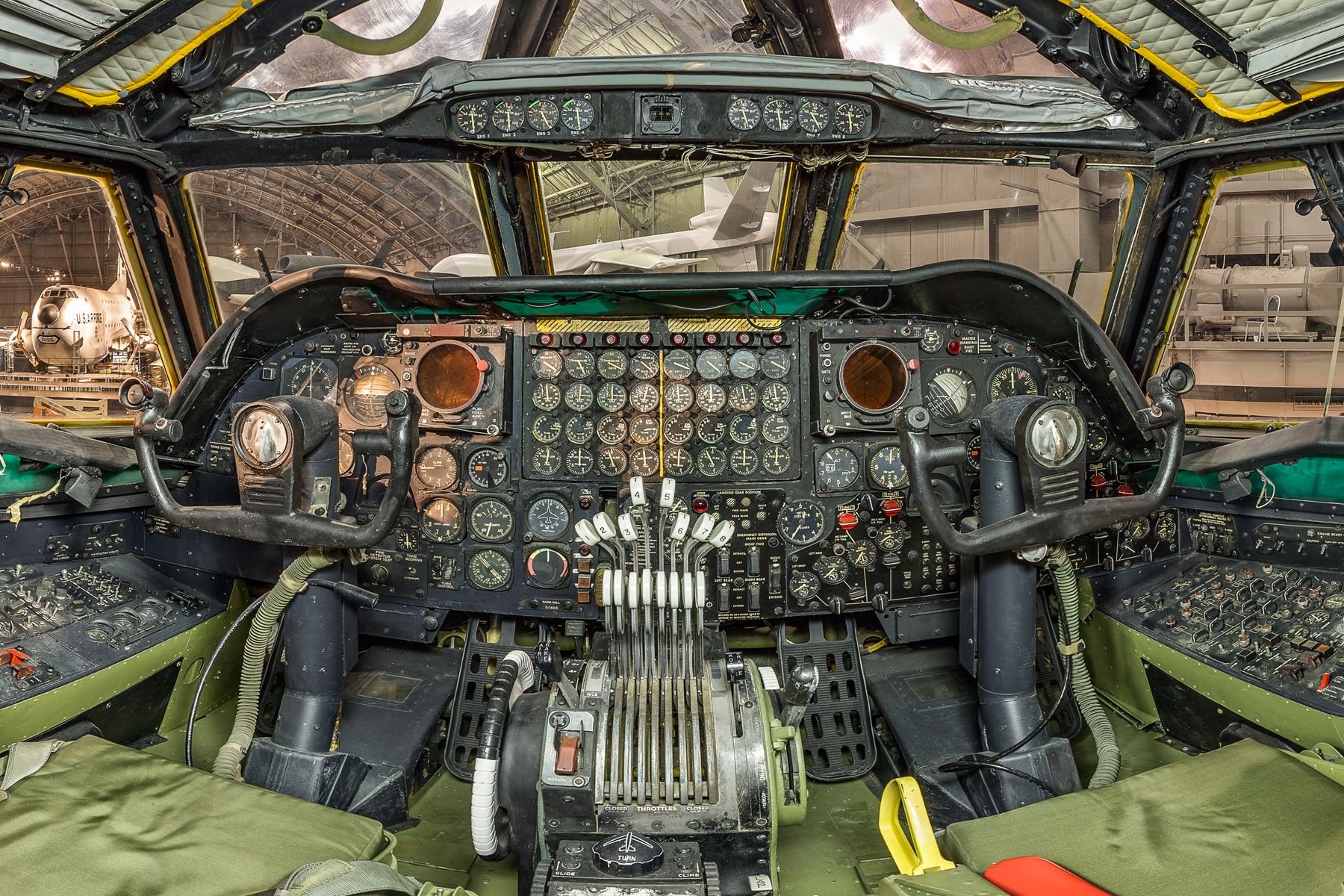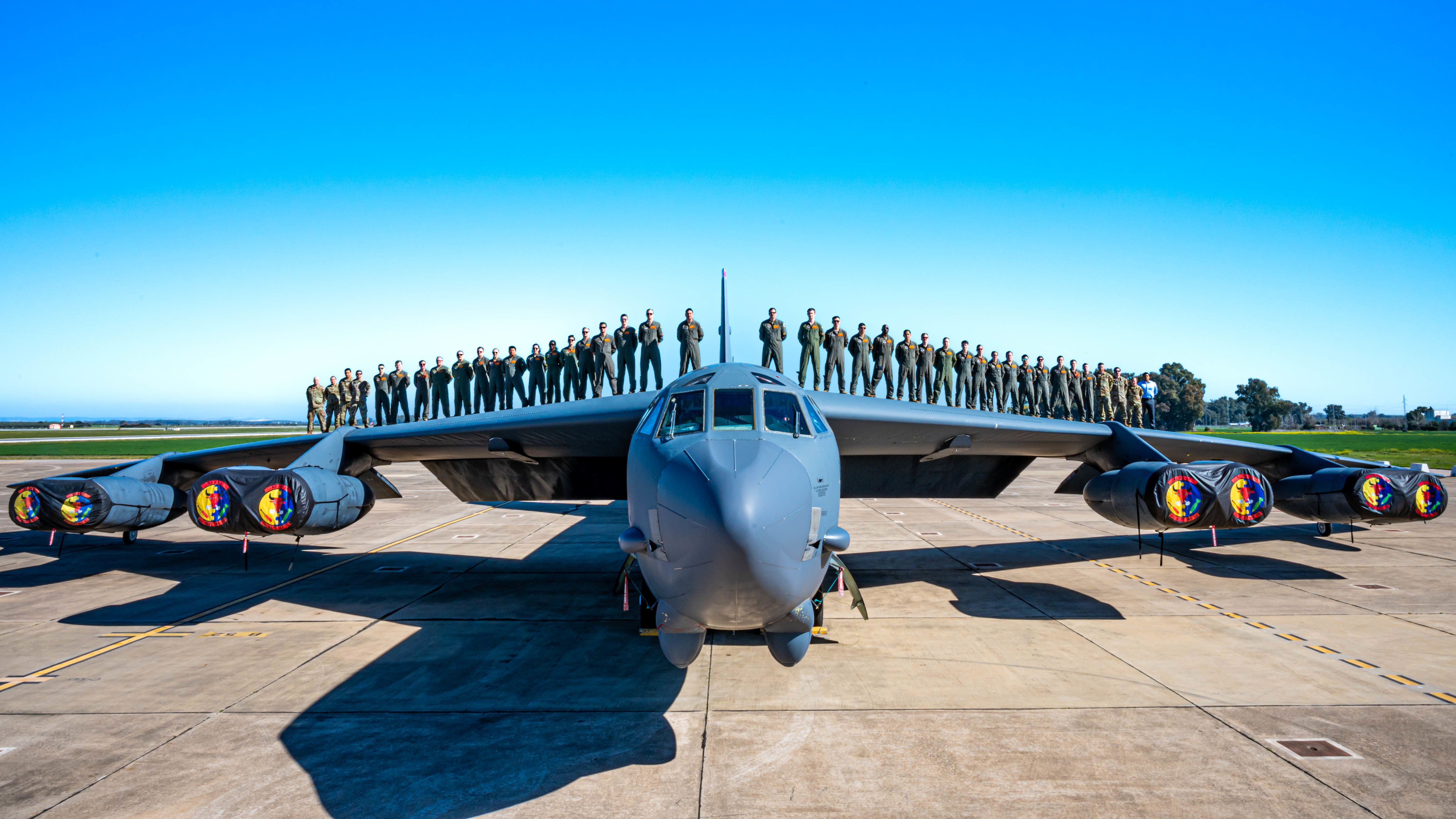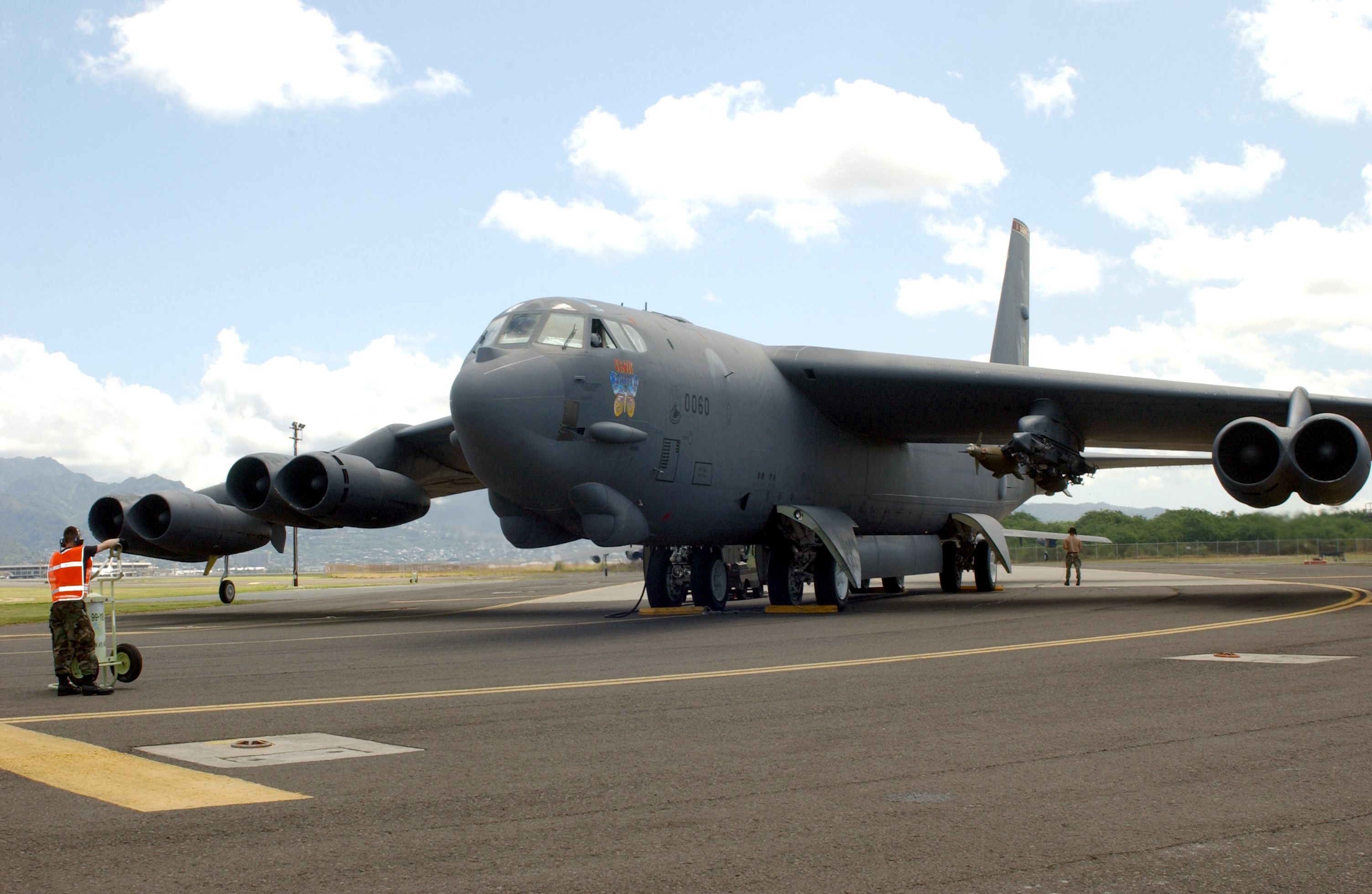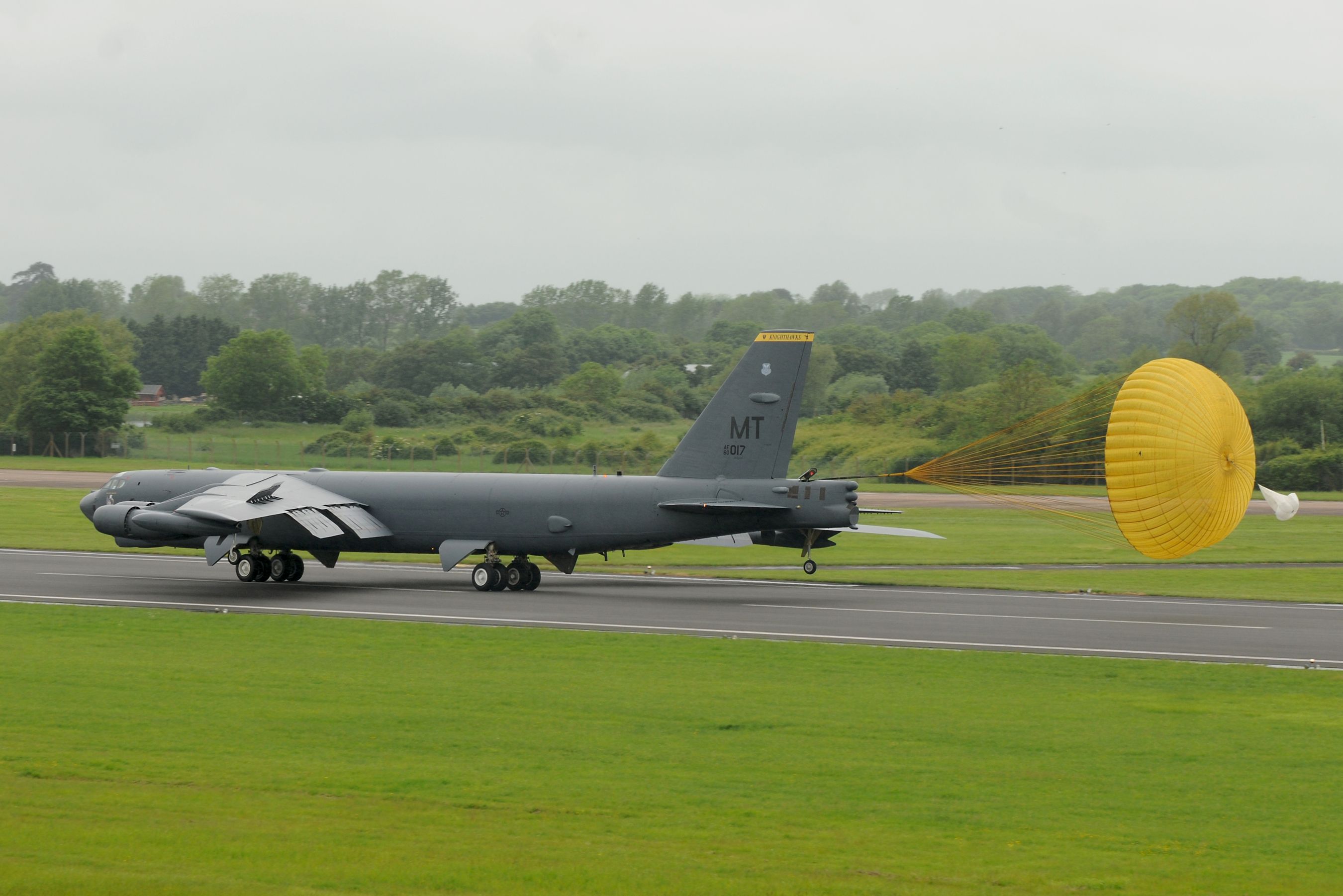Summary
- The B-52 Stratofortress has been flying since the 1950s and is planned to continue until at least the 2040s.
- The B-52 has a basic bathroom system for crew with a relief tube for urination and a bag for other bodily functions.
- The US Air Force is seeking to improve privacy for women crew members on the B-52 with a design initiative for privacy curtains.
The B-52 Stratofortress is one of the most powerful and feared aircraft in the world. B-52s can strike anywhere in the world with any type of munition at any time. These behemoths were developed and began flying in the 1950s, and the US Air Force has plans for them to continue to fly well into the 2040s. With a range of approximately 8,800 miles (14,163 km) without refueling, the B-52 can stay airborne for long periods of time. This begs the question, does the B-52 have a bathroom? The answer is…sort of.
The “toilet dilemma”
With missions that sometimes last more than 40 hours, the aircrew will need to facilitate bodily functions at some point. The B-52, like most other military aircraft, is designed to deliver a payload over a designated target, and crew comfort is secondary. As such, the B-52 has a very primitive and austere system for relieving bodily fluids.
B-52 prepares for a mission at Minot AFB, ND
Each position is equipped with a “relief tube” that the crew members can use to urinate into a central collection tank. These tubes are designed for sanitary use, and each crew member is briefed on how to sanitize their station between uses. In the event that a crew member needs to defecate during a mission, there is a small area behind the electronic warfare officer station where the crew member will go in a bag, which is disposed of after the flight.
According to an unnamed crew member,
“The B-52 basically has a little plastic bucket with a funnel for a urinal, and a “honey bucket” that you’ll be endlessly shamed for using. A lot of folks take Imodium on long sorties to ensure that the only bombs they drop are actual bombs.”
Photo: USAF
Other heavy bombers in the US inventory have similarly austere “facilities.” The B-1 Lancer has a small toilet behind the left seat, while the B-2 Spirit has a stainless-steel bowl behind the copilot that serves as the lavatory facility. Neither set-up is designed for privacy.
An increase in women crew members has initiated a program by the US Air Force to add privacy curtains in the B-52. According to a Military.com article from 2021, the Air Force has solicited designs from textile companies for a privacy curtain or screen that could be fitted on the B-52. The curtain initiative is part of the Air Force’s larger plan to eliminate barriers for women and promote career longevity. Currently, women make up 21% of the Air Force.
Early development
Shortly after the end of World War II, the Air Force expressed a need for a new long-range strategic bomber capable of delivering nuclear and conventional payloads. The new bomber’s original specifications were that it would cruise at 34,000 feet (10,000m) at a speed of 300 miles per hour (480 km/hr) and have a range of approximately 5,000 miles (8,000 km) without refueling.
Photo: United States Air Force
With the onset of jet engine technology, those specifications were revised to a speed of 400 miles per hour (640 km/hr) and a range of 12,000 miles (19,000 km). After several more revisions, mock-ups, and prototypes, Boeing was awarded a contract for thirteen B-52A’s on February 14, 1951.
|
B-52 Specifications |
|
|---|---|
|
Crew |
5 |
|
Length |
159 ft 4 in (48.5 m) |
|
Wingspan |
185 ft 0 in (56.4 m) |
|
MTOW |
488,000 lb (221,323 kg) |
|
Powerplant |
8 × Pratt & Whitney TF33-P-3/103 turbofans, 17,000 lbf (76 kN) thrust each |
|
Maximum speed |
650 mph (1,050 km/h, 560 kn) |
|
Range |
Combat: 8,800 mi (14,200 km, 7,600 NM) Ferry: 10,145 mi (16,327 km, 8,816 NM) |
The YB-52 first flew on April 15, 1952, and the Air Force took delivery of ten B-52 Bs on March 18, 1954. Production of the B-52 ended in 1962, with 742 aircraft built in total. On May 21, 1956, a B-52B dropped the first air-dropped thermonuclear bomb at Bikini Atoll in the South Pacific.
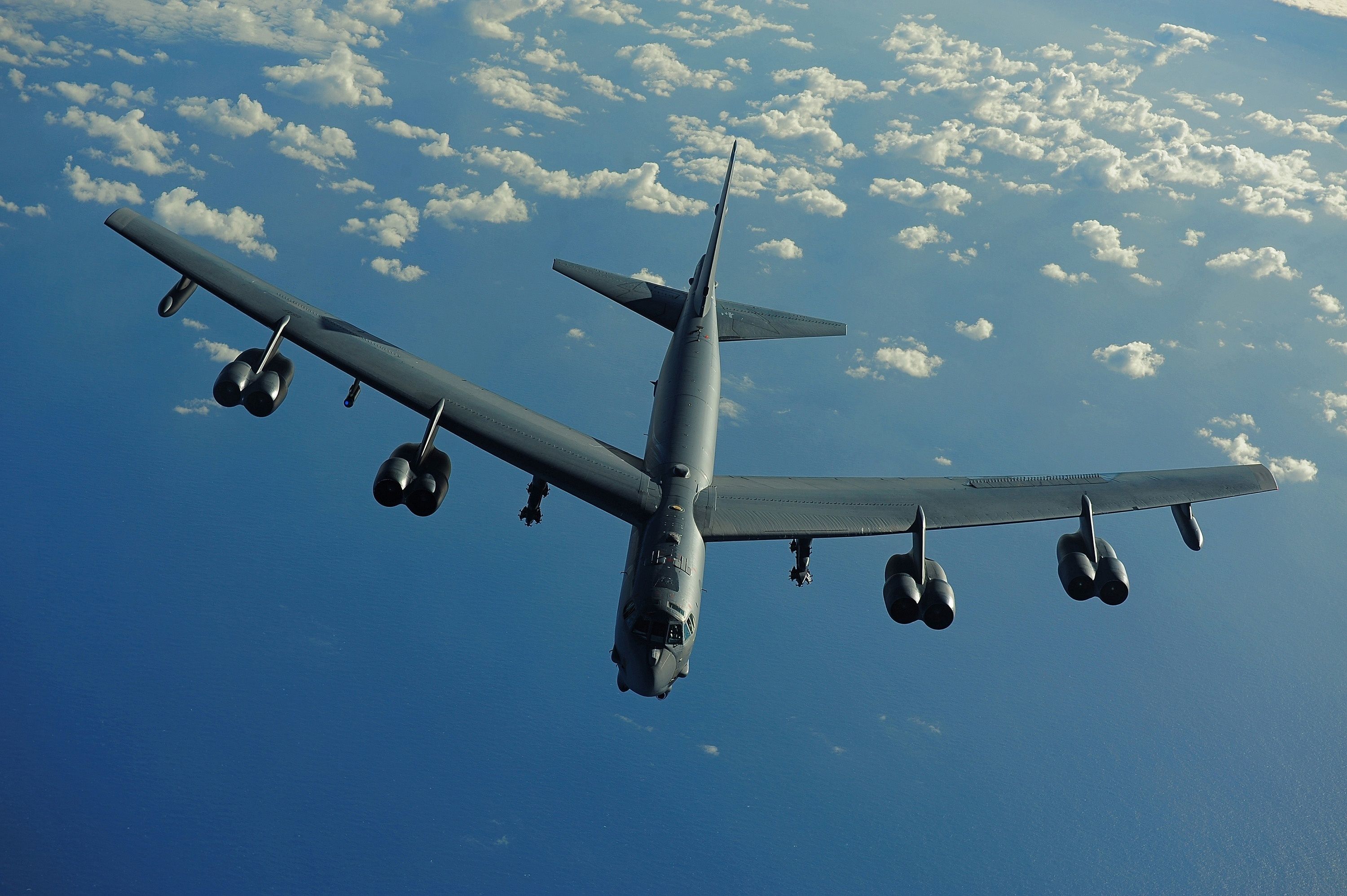
Related
A Complete History Of The B-52 Bomber In The US Air Force
The aircraft type has quite an extensive service history.
Combat service
The B-52 flew constantly as a deterrent during the Cold War, with aircraft on alert and airborne 24 hours a day, 7 days a week. Many of these airborne operations involved nuclear-armed aircraft flying up to and along the border with the Soviet Union. These aircraft were the US military’s deterrent and first-strike capability in the event of a nuclear attack by the Soviets.
Vietnam was the first active combat action for the B-52, and it was relied on heavily by the Air Force in various roles. In 1965, Operation Rolling Thunder began and consisted of B-52Fs from Andersen Air Force Base, Guam, flying 12-hour round-trip missions to bomb Viet Cong positions in South Vietnam. Other strategic bombing campaigns, such as Operation Linebacker II, saw the B-52s drop 15,237 tons of ordinance on Hanoi and Haiphong in North Vietnam over an eleven-day period. Overall, 31 B-52s were lost during the war, with ten shot down over North Vietnam.
Photo: USAF
Operation Desert Storm once again saw the B-52 deployed in combat operations. The B-52 fired one of the first salvos of the Gulf War on January 16, 1991. Seven aircraft flew from Barksdale AFB, Louisiana, and launched cruise missiles in an attack on Iraqi air defense sites.
Photo: USAF
The missiles destroyed 85% of assigned targets. After completing the attack, those aircraft flew back to Barksdale, a round trip of over 14,000 miles (23,000 km). Further operations in the Gulf War saw B-52s fly over 1,600 sorties and drop 40% of the munitions used by coalition forces.
The B-52 has contributed as a ground support platform during Operations Enduring Freedom in Afghanistan and Operation Iraqi Freedom using precision-guided munitions.
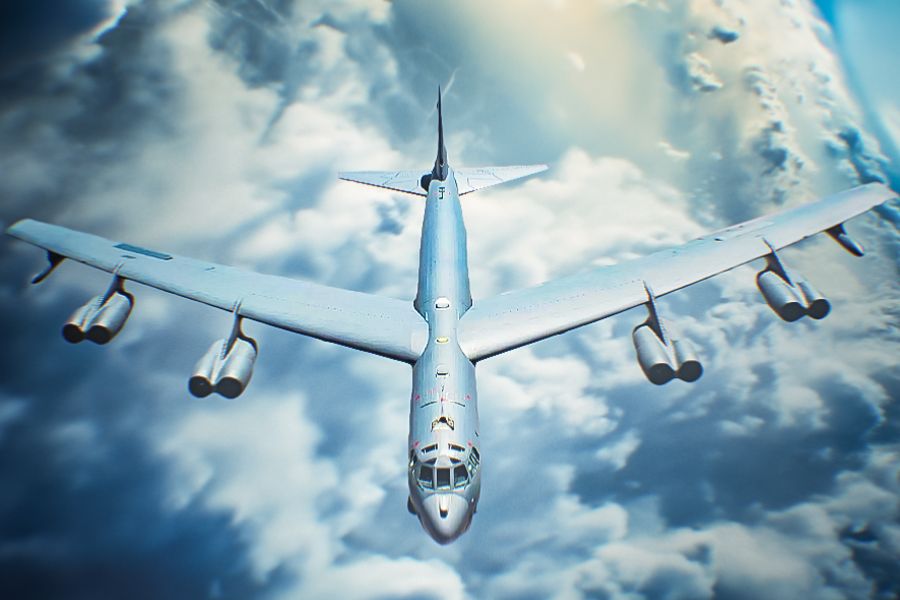
Related
5 Odd Facts About The Boeing B-52 Stratofortress That You May Not Know
The B-52 had a strong influence on American pop culture.

